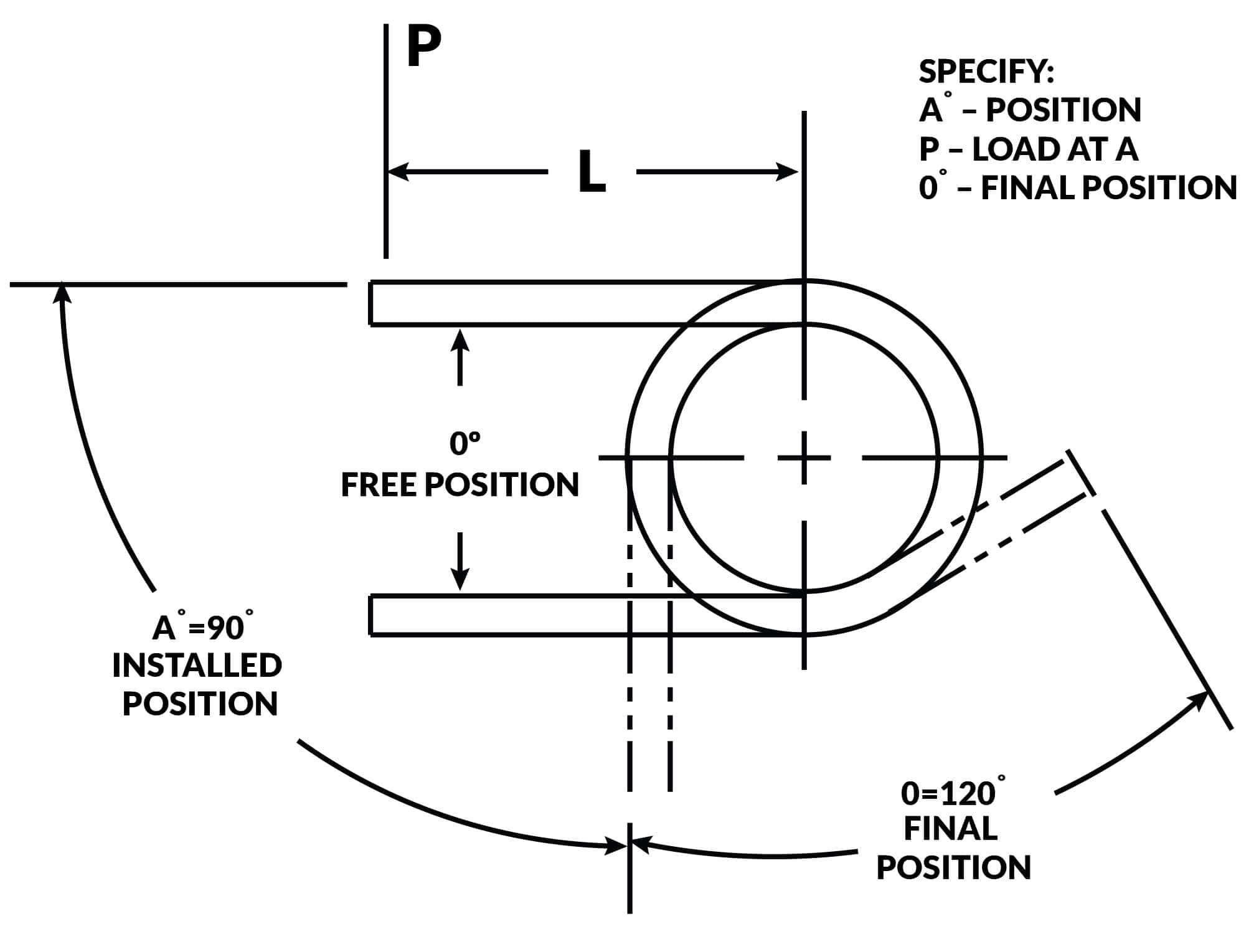Get unique, complex parts easily. No matter your requirements, Chaoyi Spring creates hard-to-produce coil springs and wire forms.
Let us help you create the custom wire form you need, from S-hooks and J-hooks to utility hooks and more.
We work closely with customers across a wide range of industries, helping them design and manufacture made-to-order parts.
Why choose Chaoyi Spring? We prioritize customer-focused collaboration, modern equipment and the latest technology to make your parts per print.
Find the information and guidance you need, from measuring a spring to learning about materials, placing an order and much more.
Tension springs, often called extension springs, are ubiquitous in our daily lives, powering everything from retractable pens to garage doors. They are essential components in numerous industries, playing crucial roles


Tension springs, often called extension springs, are ubiquitous in our daily lives, powering everything from retractable pens to garage doors. They are essential components in numerous industries, playing crucial roles in countless applications. This comprehensive guide will delve into the fundamentals of tension springs, exploring their design, properties, and practical applications. By the end, you'll have a solid understanding of these versatile components and their vital role in modern engineering.

Tension springs are helical coils made from spring steel wire that store mechanical energy when stretched. They exert a force to resist elongation and return to their original length when the stretching force is released. The coiled design allows them to extend and contract with ease, making them ideal for a wide range of applications where a spring force is needed.
Tension springs come in various forms, each suited to specific needs. Here are some common types:
The performance of a tension spring is determined by several key properties:
Tension springs are essential components in numerous industries, finding applications in a wide range of mechanisms and products. Here are some examples:
Designing and selecting the right tension spring for an application requires careful consideration of several factors:
Tension springs offer several advantages over other types of springs, making them highly sought-after components:
Tension springs are vital components in countless applications, delivering essential functionality and performance. Understanding their design, properties, and applications allows engineers and designers to select the right spring for their needs. From retractable pens to heavy industrial machinery, tension springs continue to play a crucial role in our modern world.
By understanding the fundamentals of tension springs, you can appreciate their vital role in our daily lives. Their versatility, durability, and reliability make them indispensable components in a wide range of industries, ensuring smooth operation and efficient function in numerous applications.
Browse some of the custom wire forms and springs that we manufacture. Don’t see what you need? We specialize in made-to-order products that meet your application requirements.
Visit Our GalleryNeed a custom wire form or coil spring? We make it work. Fill out the contact form and a representative will respond within 1 business day. If you have a PDF or CAD file, you can submit to request a quote.